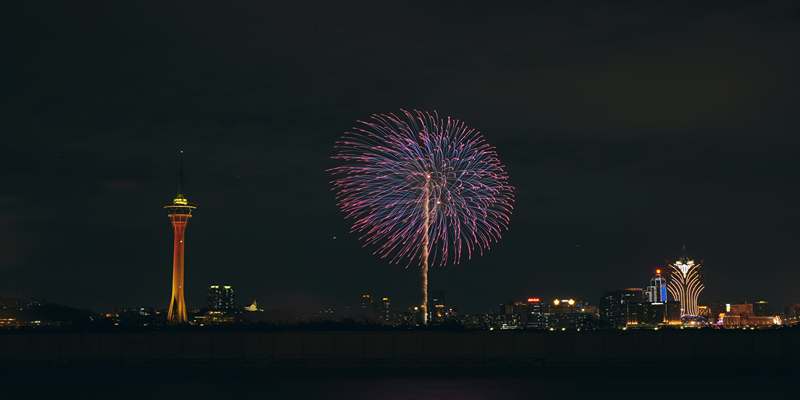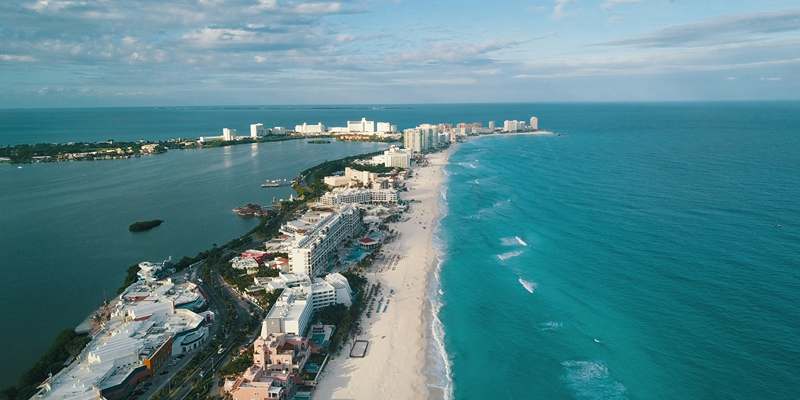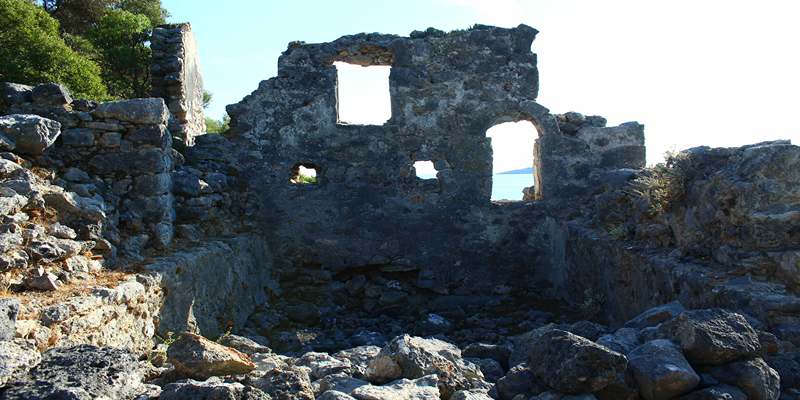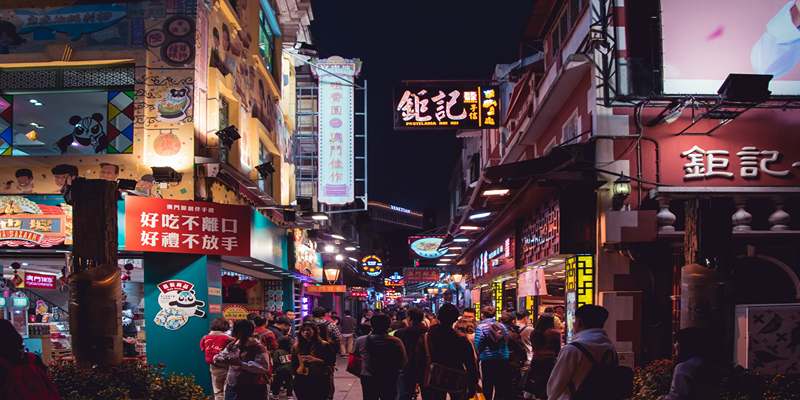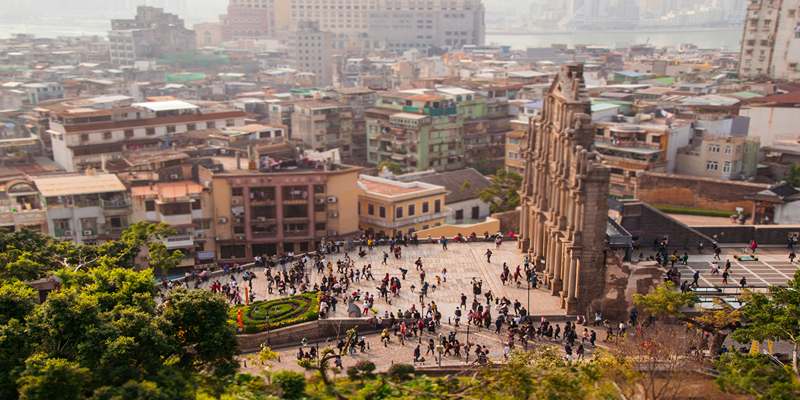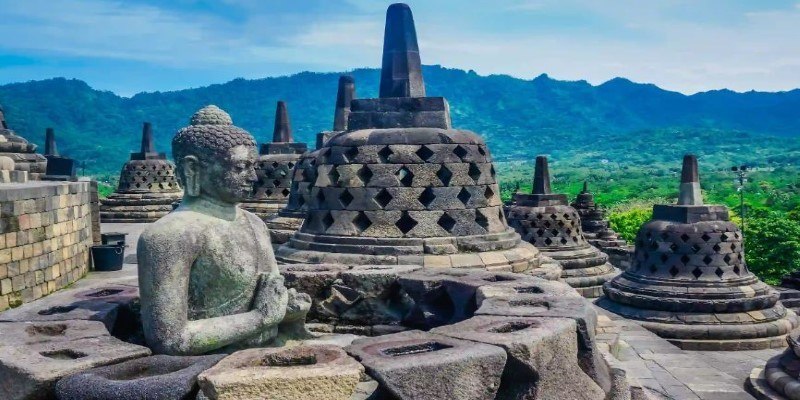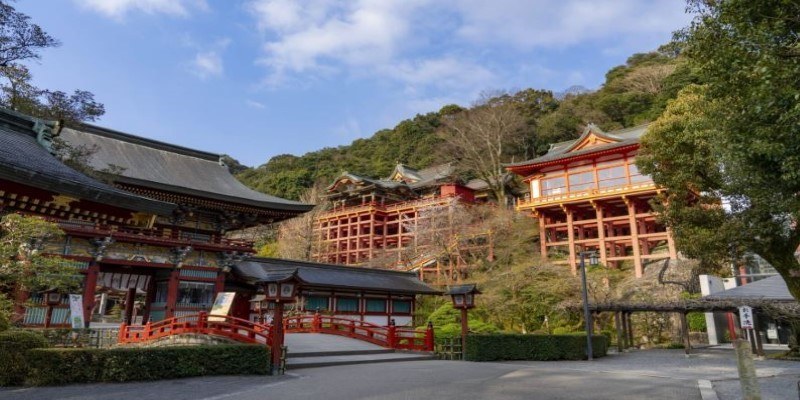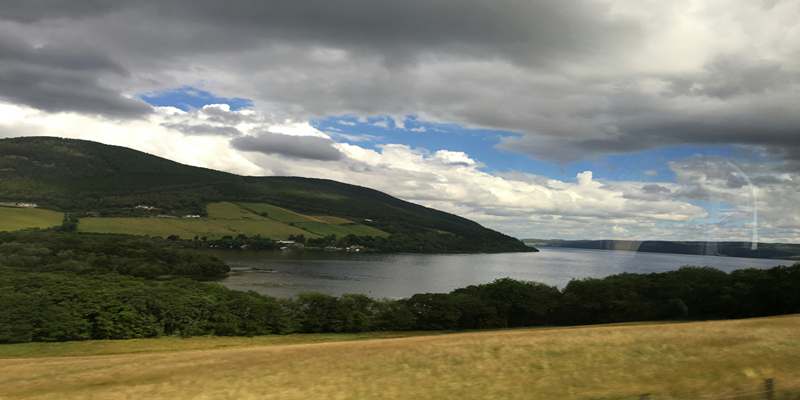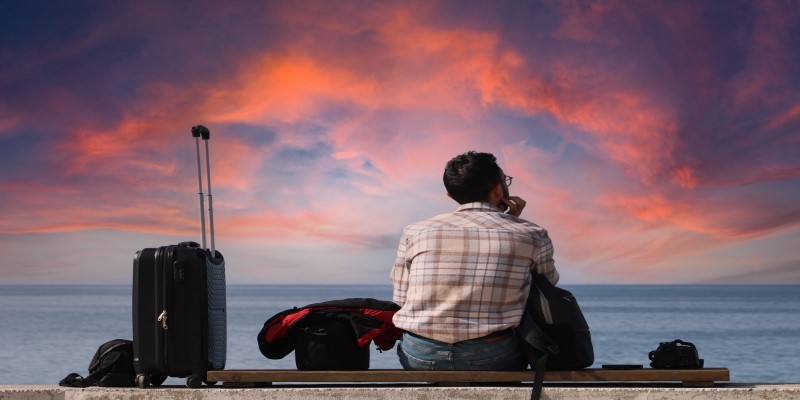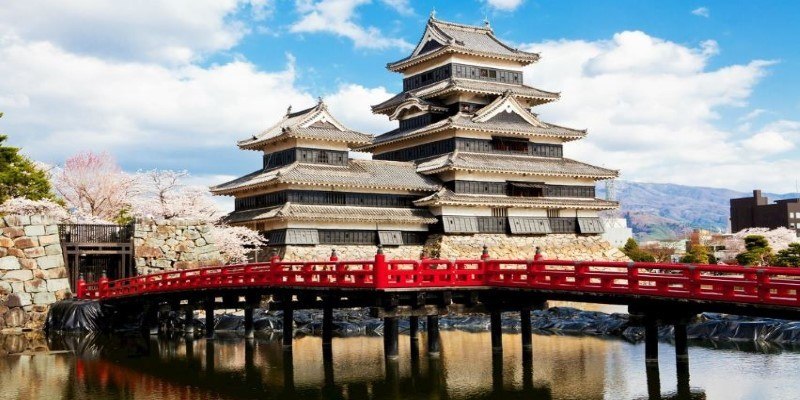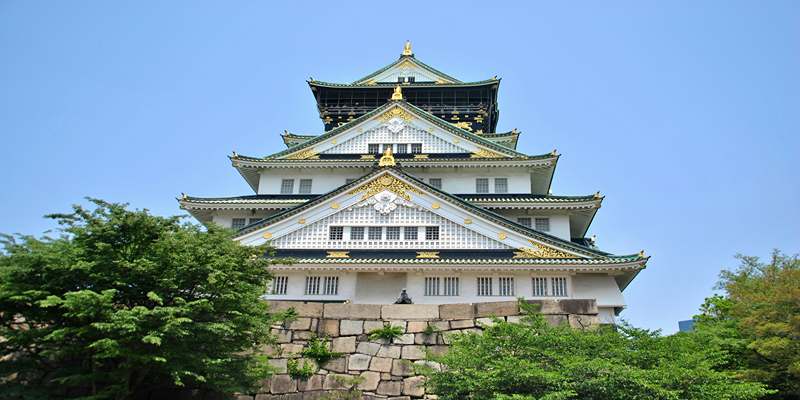Standing tall above the vibrant city of Tokyo, the Tokyo Skytree is more than just a towering structure – it’s an experience waiting to be discovered. As one of the tallest buildings in the world, this awe-inspiring landmark offers panoramic views that stretch as far as the eye can see. Whether you're looking to marvel at the vast cityscape, enjoy world-class dining, or simply take in the beauty of Japan’s most modern marvel, the Tokyo Skytree has something for everyone.
Planning a visit in 2025? There are a few things you should know to ensure your trip is unforgettable. From ticket details to the best times to visit, this guide will help you make the most of your Skytree adventure.
What is Tokyo Skytree?
The Tokyo Skytree is a broadcasting, restaurant, and observation tower located in Tokyo's Sumida district. Standing at 634 meters (2,080 feet), it is Japan's tallest structure and the second tallest in the world, just behind the Burj Khalifa. Opened in 2012, the Skytree quickly became one of Tokyo's most iconic landmarks. It serves not only as a communication tower for television and radio signals but also as a major tourist attraction.
Visitors can view the city from a stunning height and catch glimpses of Mount Fuji on a clear day. The tower has two observation decks, providing panoramic views of Tokyo's sprawling urban sprawl. Its distinctive shape and breathtaking views make the Tokyo Skytree a top destination for tourists visiting Tokyo. Whether for sightseeing or photography, it gives an unforgettable experience.
Best Time to Visit the Tokyo Skytree
The Tokyo Skytree is open throughout the year, but the optimum time of visitation depends on what experience you want. If you're after clear views, especially of Mount Fuji, the winter months of December to February are ideal. The crisp winter air offers exceptional visibility, allowing you to take in breathtaking views of the city and surrounding landscapes. However, this is also the coldest period in Tokyo, so be sure to dress warmly.
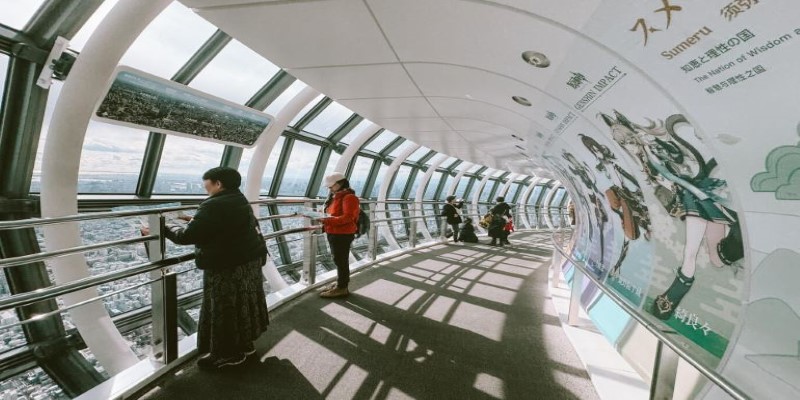
Summer and early autumn are great times to visit Tokyo for those who want to experience the energetic evening scene. During these months, the evenings are warm, and the city sparkles with dazzling lights. The atmosphere is lively, making it a perfect time for a nighttime visit. However, these seasons attract more tourists, meaning the Skytree is likely to be more crowded, so be prepared for larger crowds.
Weekdays, especially in the early morning, tend to be quieter, making it the best time to avoid long lines. On the other hand, weekends and public holidays can be busier, so to save time, it’s a good idea to arrive early or purchase tickets in advance. Regardless of when you visit, the Tokyo Skytree promises an unforgettable experience, whether you’re admiring the day’s clarity or the night’s vibrant cityscape.
Getting to the Tokyo Skytree
Thanks to its excellent transport connections, getting to the Tokyo Skytree is easy. The closest station is Tokyo Skytree Station, which is directly connected to the Tobu Skytree Line, making it simple for visitors to travel by train. Alternatively, you can access the Skytree from Oshiage Station, which is just a short walk away and is served by the Tokyo Metro Hanzomon Line.
If you're coming from central Tokyo, the Skytree is about a 15-minute train ride from Asakusa, a popular tourist area. From Asakusa Station, take the Tokyo Metro Ginza Line and switch to the Tobu Skytree Line to reach the tower. This route is convenient and efficient for visitors staying in or around Asakusa.
For those who prefer a more leisurely pace, buses also connect to the Skytree, and walking along the Sumida River is another option. The scenic walk provides a charming view of the tower, especially when it's illuminated in the evening, making it a lovely way to approach this iconic landmark.
Whether you choose public transportation or a relaxed stroll, getting to the Tokyo Skytree is simple, and there are various options to suit your preferences.
Tickets and Pricing
To visit the Tokyo Skytree, you'll need a ticket to access its observation decks, restaurants, and shops. The prices for tickets vary depending on which observation deck you plan to visit. The two main decks, located at the 350-meter and 450-meter levels, offer stunning panoramic views of Tokyo.
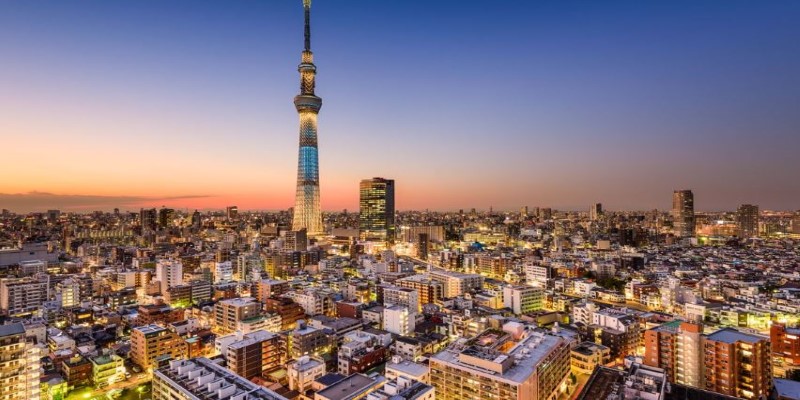
An adult ticket for the 350-meter observation deck costs approximately 2,100 yen. If you wish to visit the higher 450-meter deck, tickets cost an additional 1,000 yen, bringing the total to 3,100 yen. For those wanting to experience both decks, combined tickets are available, providing access to both levels for an enhanced view.
If you're looking for a more exclusive experience, priority tickets allow you to skip the lines and enter more quickly. These are especially helpful during peak tourist seasons. Tickets can be purchased online in advance, which is highly recommended to avoid long waits.
In addition to individual tickets, the Tokyo Skytree offers various passes, such as the Skytree Town Admission Ticket, which grants access to the shopping complex and restaurants located on the ground floor of the Skytree. Whether you're just visiting the observation decks or exploring the whole Skytree complex, there's a ticket option to suit your needs.
Conclusion
The Tokyo Skytree is an unmissable landmark that offers breathtaking views and a range of activities for visitors in 2025. Whether you’re seeking panoramic views of Tokyo, dining at high altitudes, or simply exploring the surrounding shopping and entertainment district, the Skytree has something for everyone. By planning, booking tickets in advance, and visiting at the right time, you can make the most of your trip to this iconic destination.

